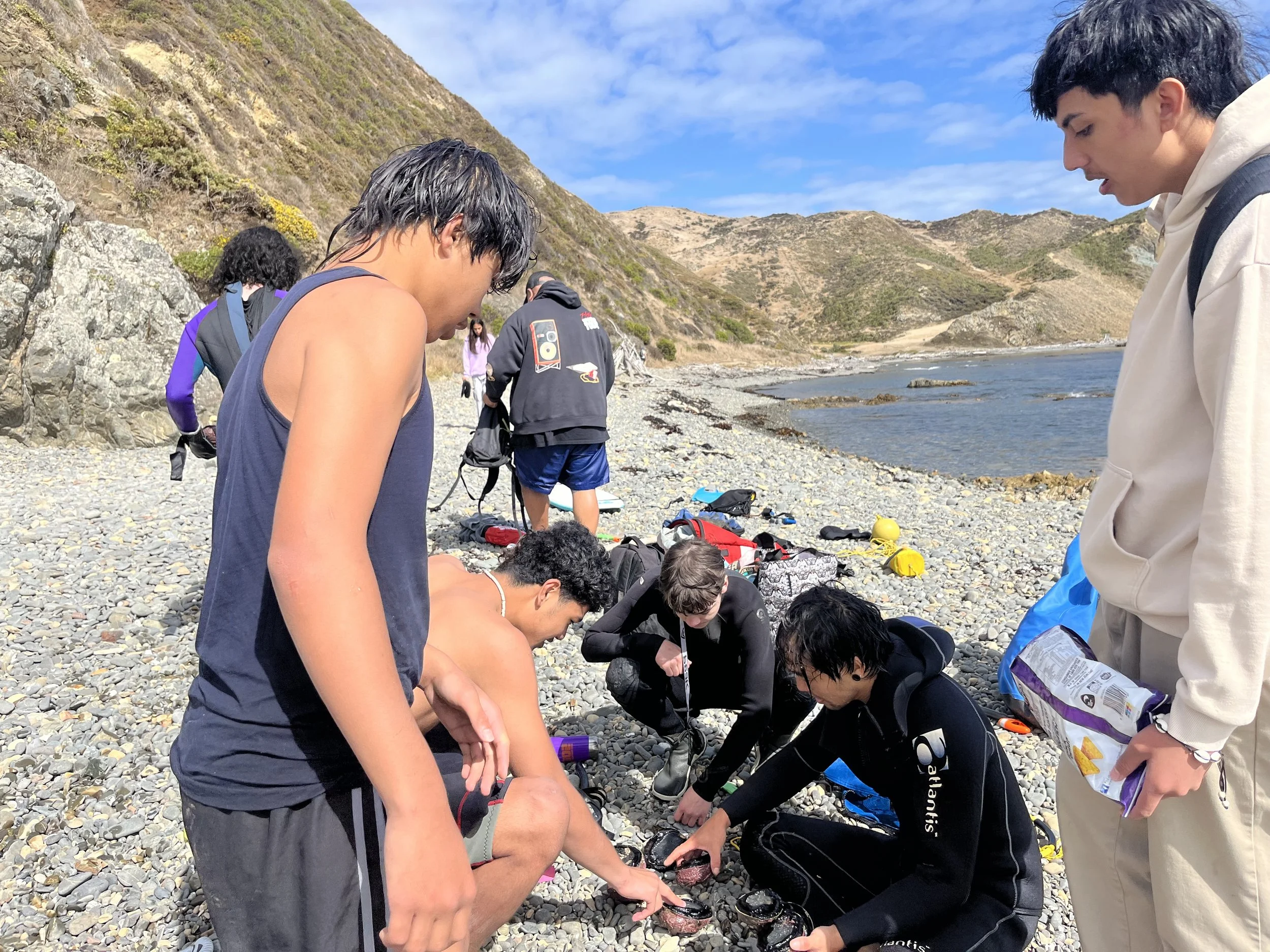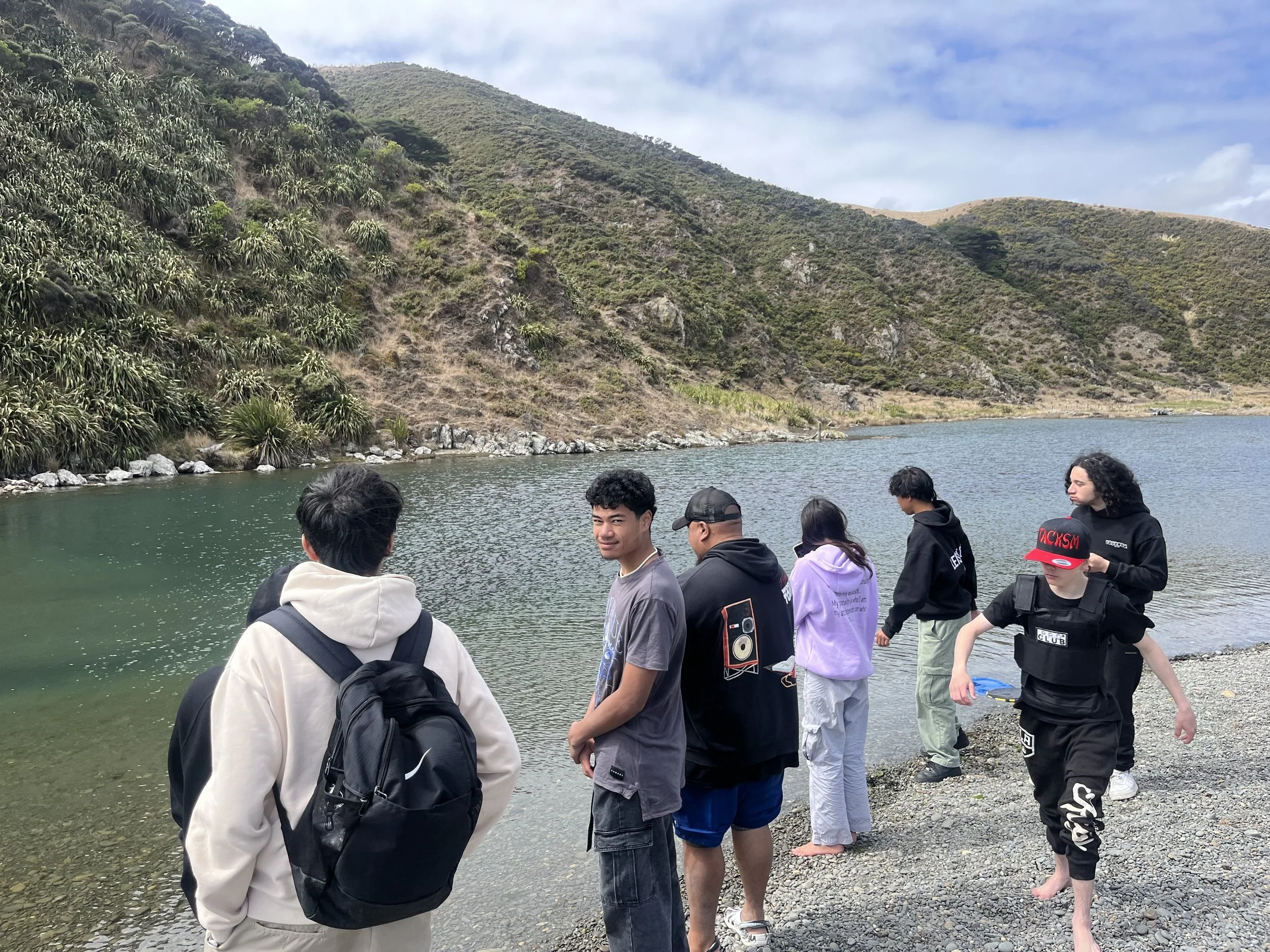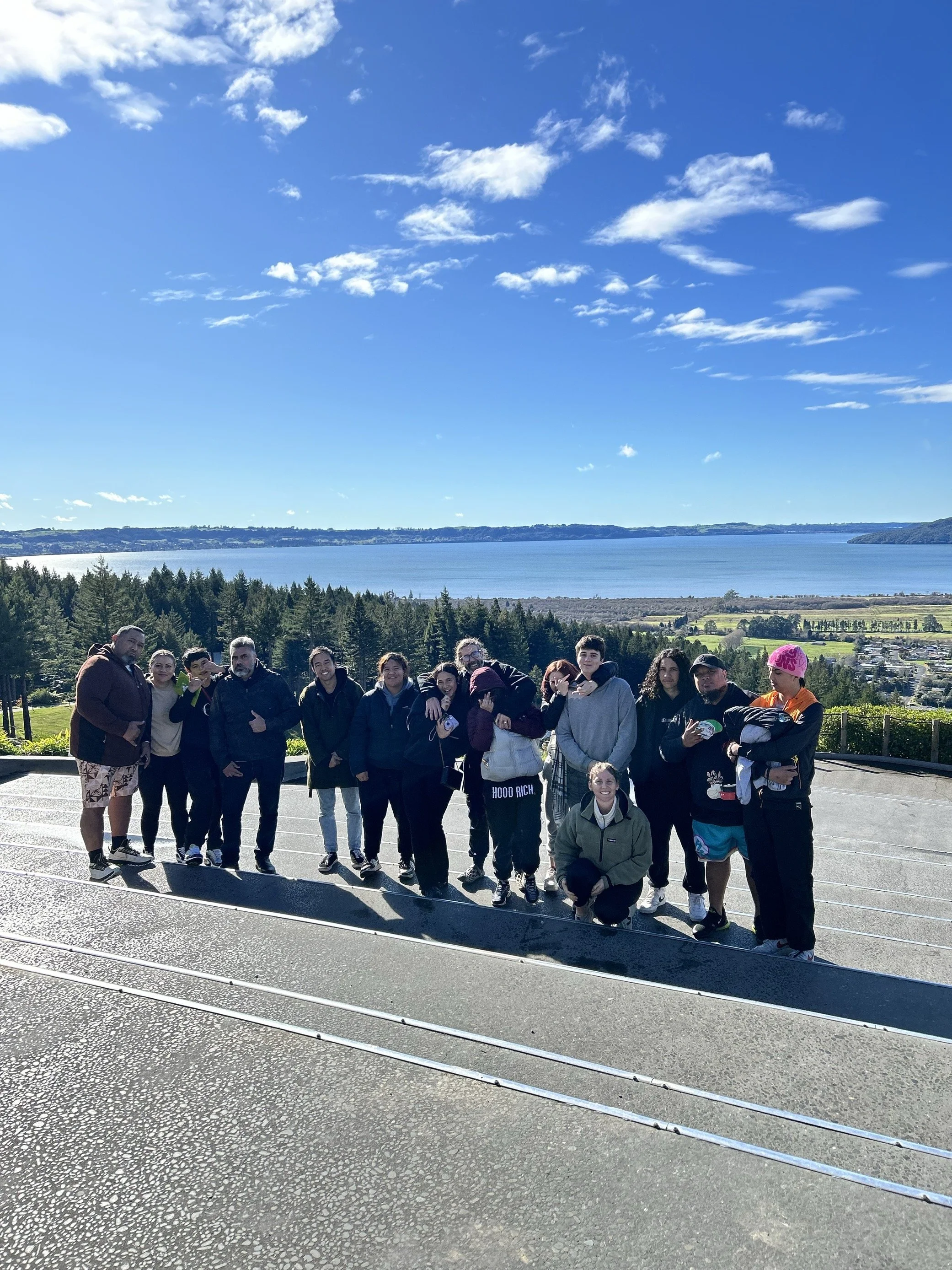Research: Weaving Youth Development and Education
A three-phase research project on the combined activity centre and alternative education pilot project in Porirua
This project was funded by the Ministry of Education and led by Dr Judy Bruce and Llloyd Martin
About
A research summary on
The combined service provision of an Activity Centre and an Alternative Education programme.
Guiding questions
What is success for young people when attending an alternative form of education and who determines this?
What does a youth development informed learning framework look like, and what are the theoretical foundations underpinning this?
How is the pilot programme progressing overall toward meeting outcomes for young people? What’s working well? Where are the opportunities for growth?
About the project
During 2022/2023 in Porirua, the combined service provision of an Activity Centre and an Alternative Education programme was evaluated to determine the effectiveness on development and learning outcomes for young people. The programme is called PEK (Praxis Education Kenepuru).
Who was involved
The pilot was a merger of the Porirua Activity Centre managed by Porirua secondary schools and the Alternative Education Programme managed by Praxis (provider) and in conjunction with the Ministry of Education.
Young people, the PEK team (including youth workers and teachers), school leader representatives, whānau and other service providers like Oranga Tamariki and RTLBs were involved.
What we learned
-
The combined model of bringing together AC and AE within Porirua has afforded greater opportunities for collaboration across schools. There has been reciprocal and shared learning for the PEK leadership team and the school leaders, working together to respond to increasing challenges for young people.
-
The ‘return to school’ rhetoric, while espoused as aspirational, is in reality not currently well resourced to meet the ongoing and complex needs of disenfranchised young people. It is recommended that further resourcing and consideration of different ‘return to school’ models be explored.
Regarding transition back to school two factors would provide further support for young people are:
To structure the learning throughout the day, so that young people were able to learn in a way that better suited their needs. Frequent changes in teachers and topics, and topics that were not relevant, made learning difficult; and
Having a youth worker to connect with in a safe, chill out space would help too.
While one-on-one mentoring transitioning support is clearly needed for all young people, it is not currently resourced within the existing funding model. A mentoring, relationship centred support service is likely to lead to better outcomes for young people with high and complex needs. It is recommended that this need be explored further, including avenues of funding.
-
Clarifying purpose for PEK seems central to the challenge, and relatedly greater clarity around the team, school and whānau roles. It is recommended that further consideration be given to the purpose of PEK as this will impact on roles and responsibilities, as well as programme decisions.
-
The work of creating greater synergies between the theory and practice of youth development and learning has been a key focus in the establishment of PEK, and this continues to develop.
This development has taken place through bringing together youth workers and teachers to create shared meaning through practice frameworks and tools. It is recommended that this be expanded further at PEK.




Recommendations
-
Lessons learned from the research for high schools
Holistic developmental and learning models be funded to ensure the needs of young people are met within a range of ‘alternative pathways’ (including offsite and onsite within school programmes).
Measurements of success ought to include the holistic developmental and learning needs of young people (not just learning). When developmental needs are met in schools, learning can happen.
All staff receive in-depth and specialised training in the fields of youth development and learning.
All those (in schools and in areas of learning support) working with young people undertake PD in trauma informed and youth development practices relevant to a NZ context.
‘Alternative pathways’ are explored and resourced further within schools to support the needs of young people adequately.
Different ‘return to school’ models be explored and trialled.
Changes be made for young people selecting ‘return to school’: (1) structure the learning throughout the day, so they are able to learn in a way that better suits their needs. Frequent changes in teachers and topics, and topics that were not relevant, made learning difficult; and (2) have a ‘relatable’ youth worker to connect with, in a safe chill out space.
-
Lessons learned from combining youth development and education
Approaches for disenfranchised young people include a mentoring, relationship-centred transition support service be considered.
Further consideration be given to the purpose of ‘alternative pathways’ as this will impact on roles and responsibilities, as well as programme decisions.
Any future models of combined delivery be sufficiently resourced to ensure safe, quality provision of services.
All staff receive in-depth and specialised training in the fields of youth development and learning.
All those (in schools and in areas of learning support) working with young people undertake PD in trauma informed and youth development practices relevant to a NZ context.

